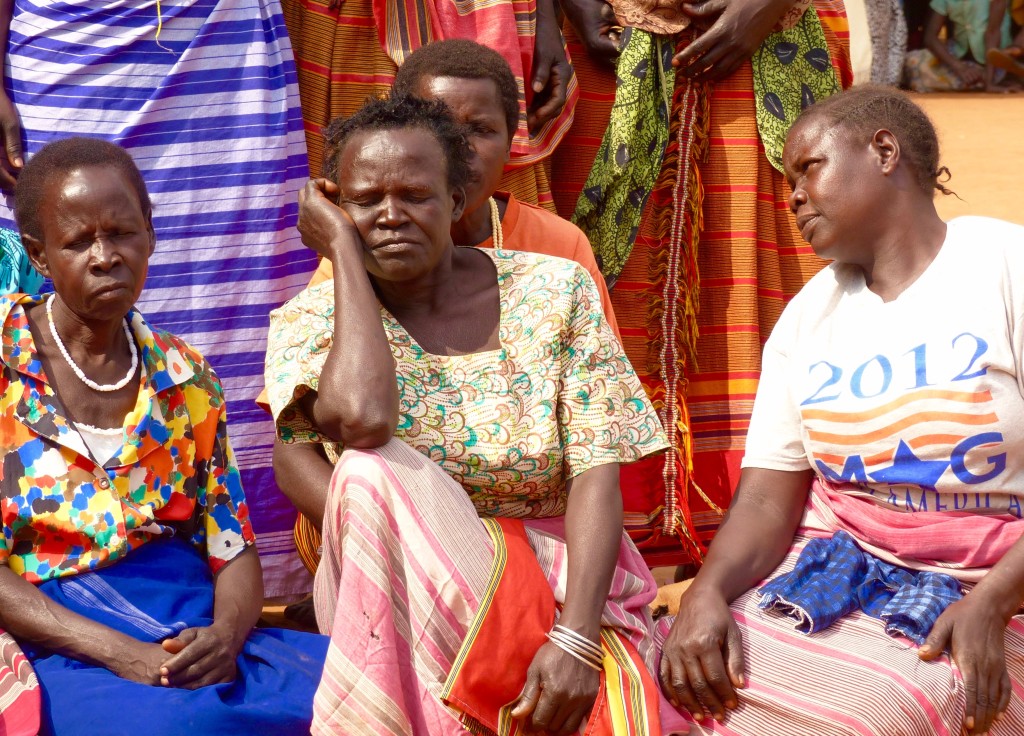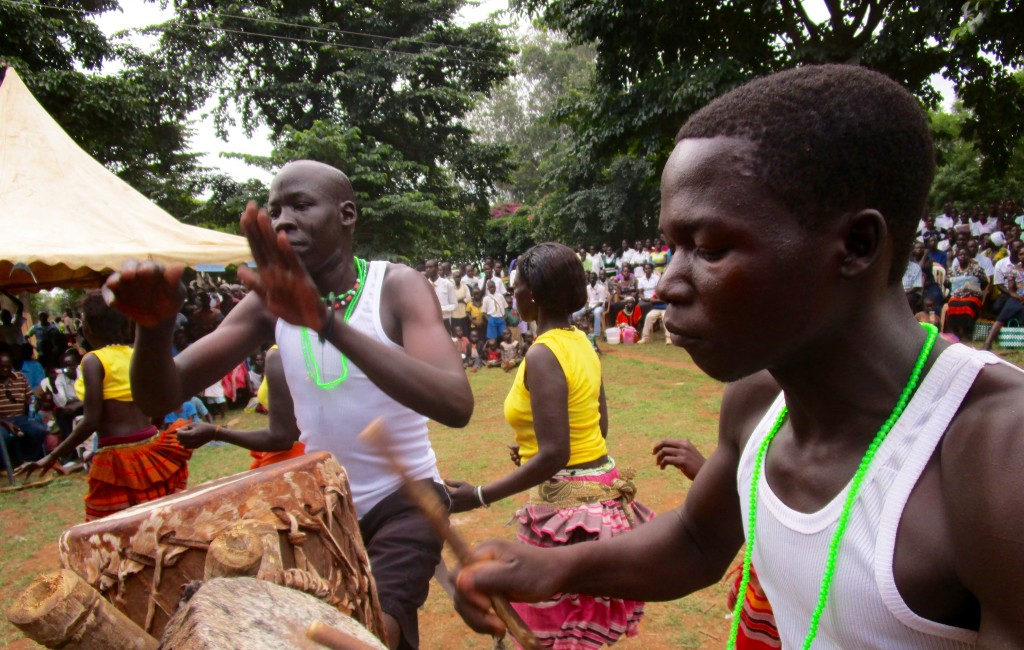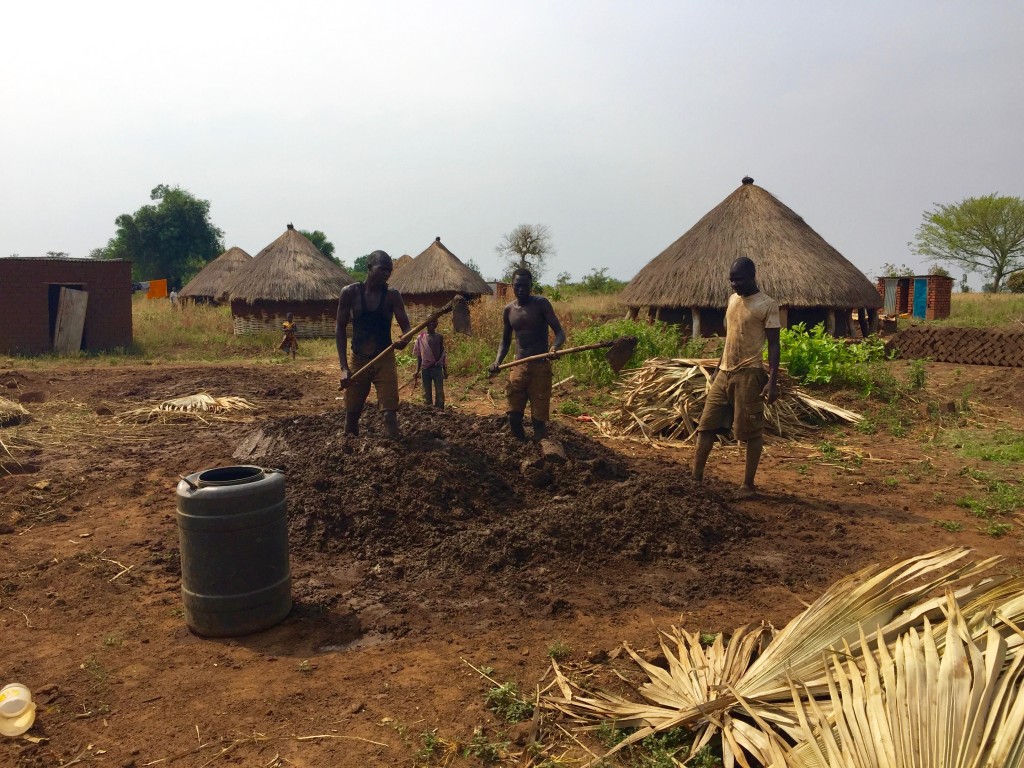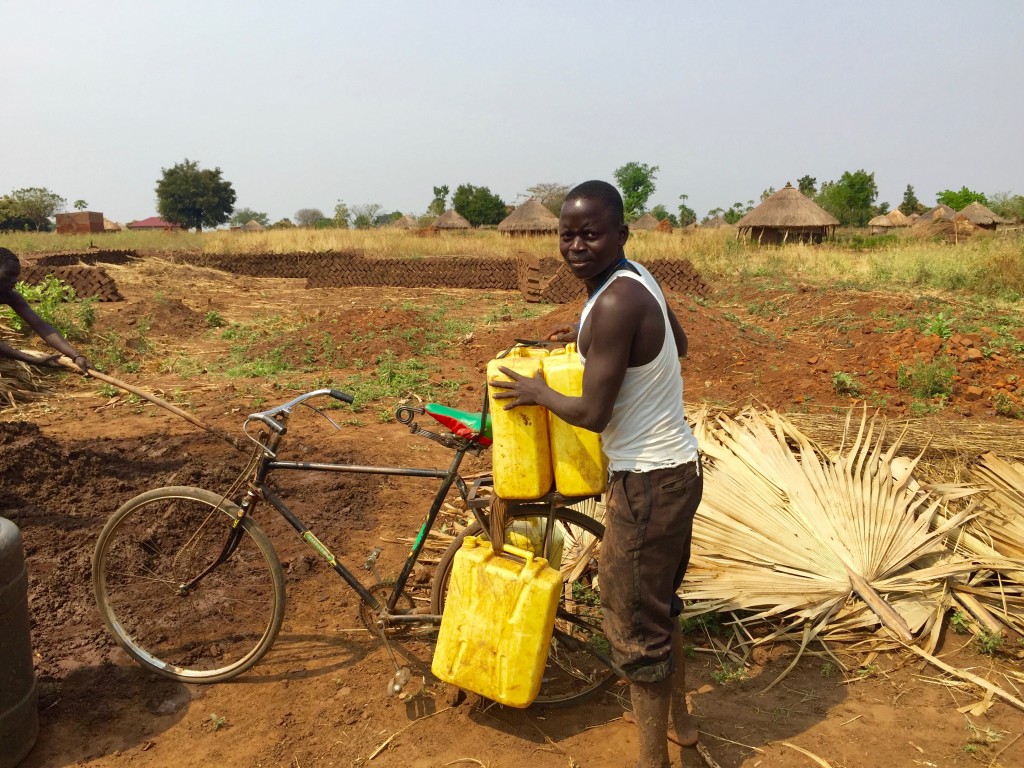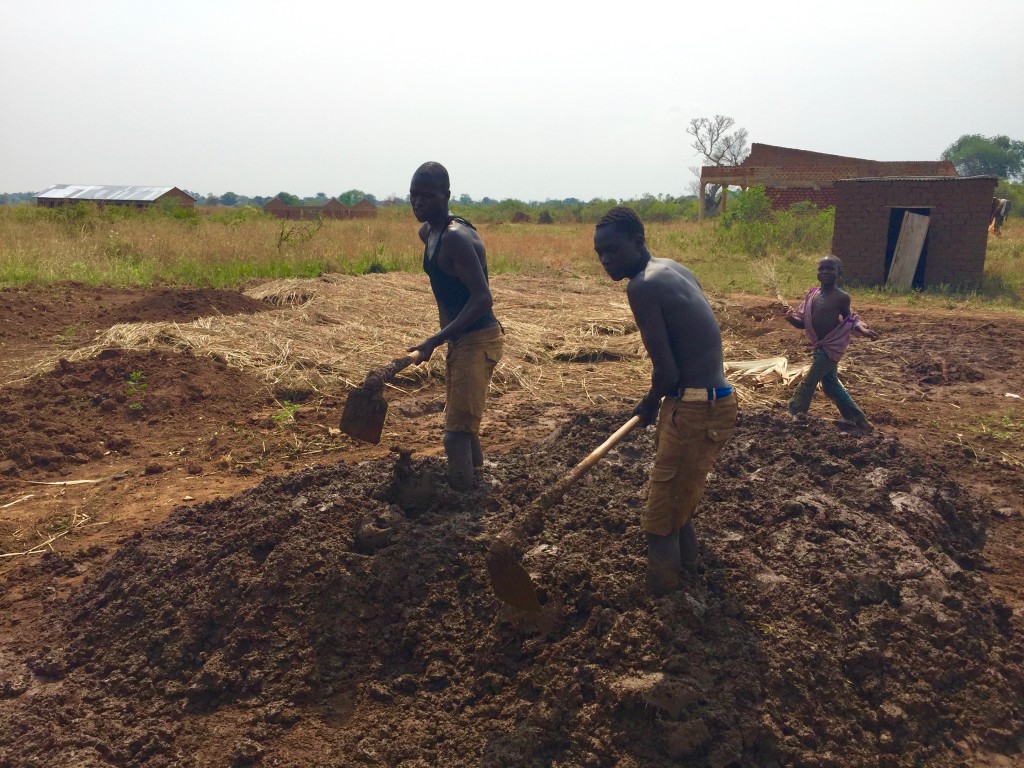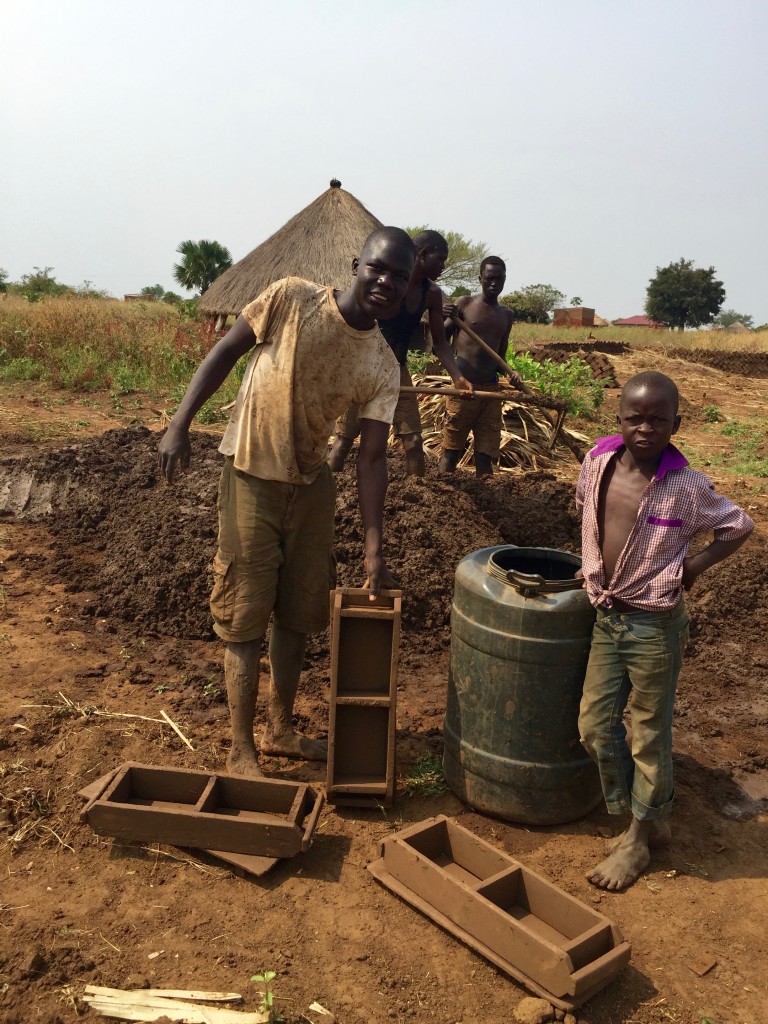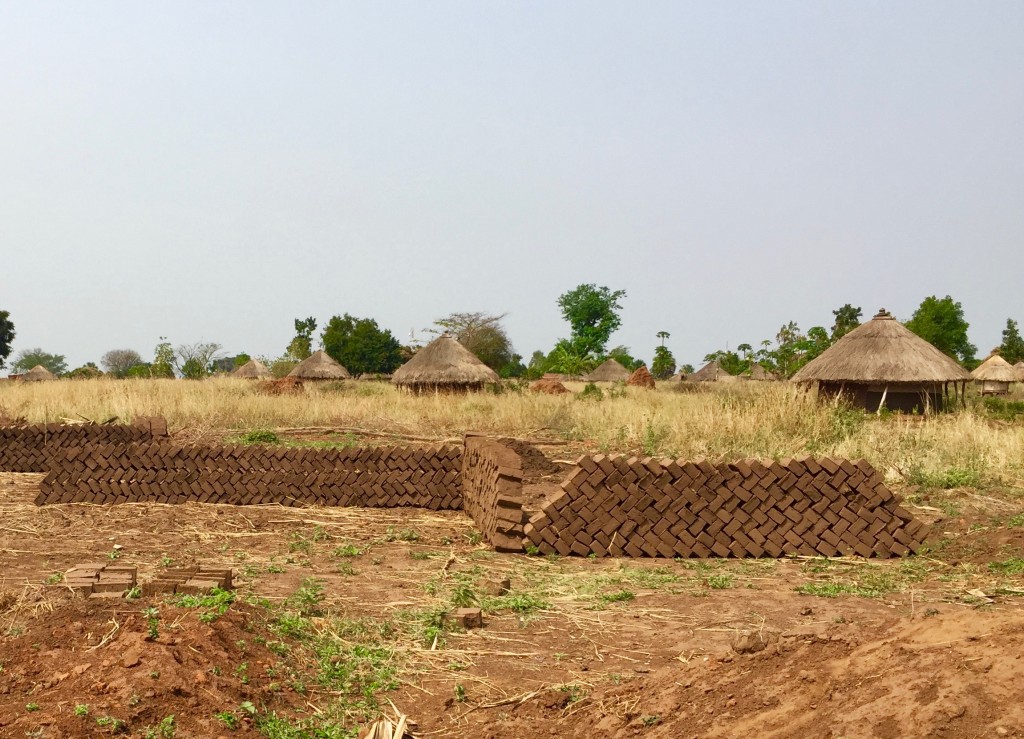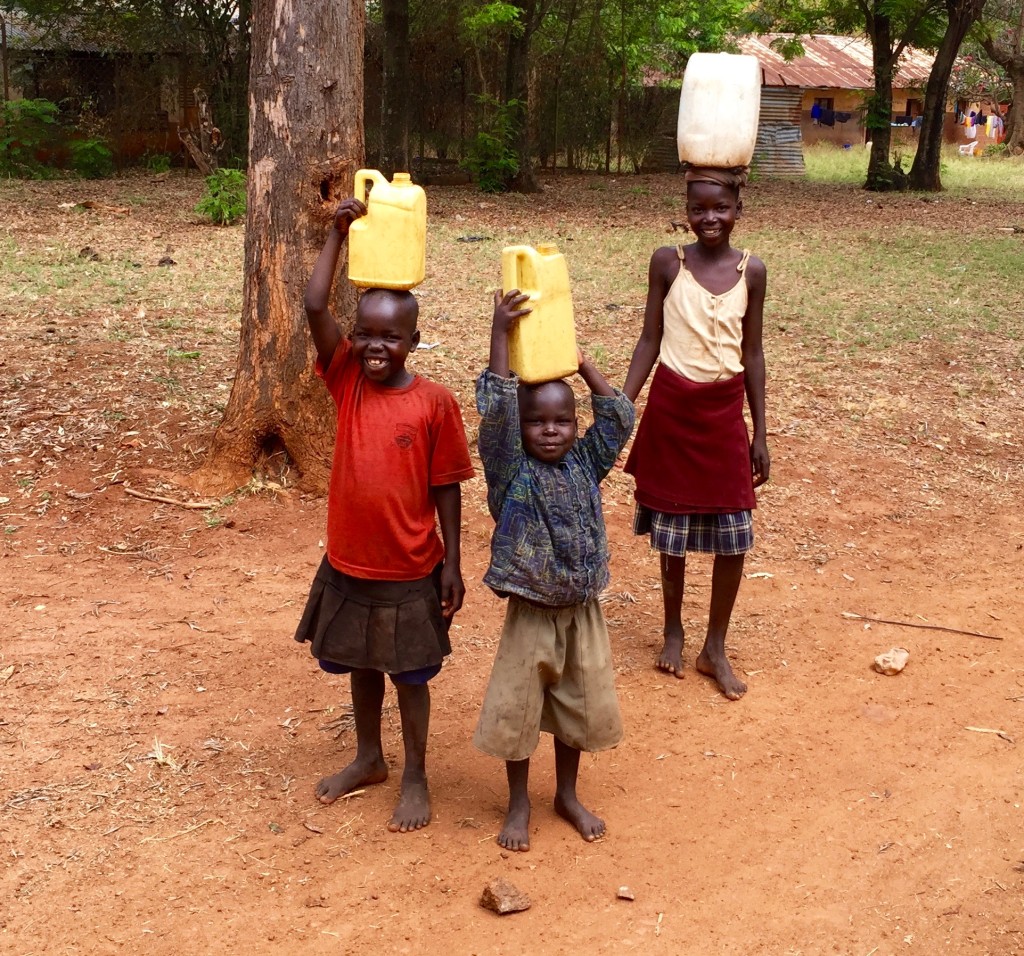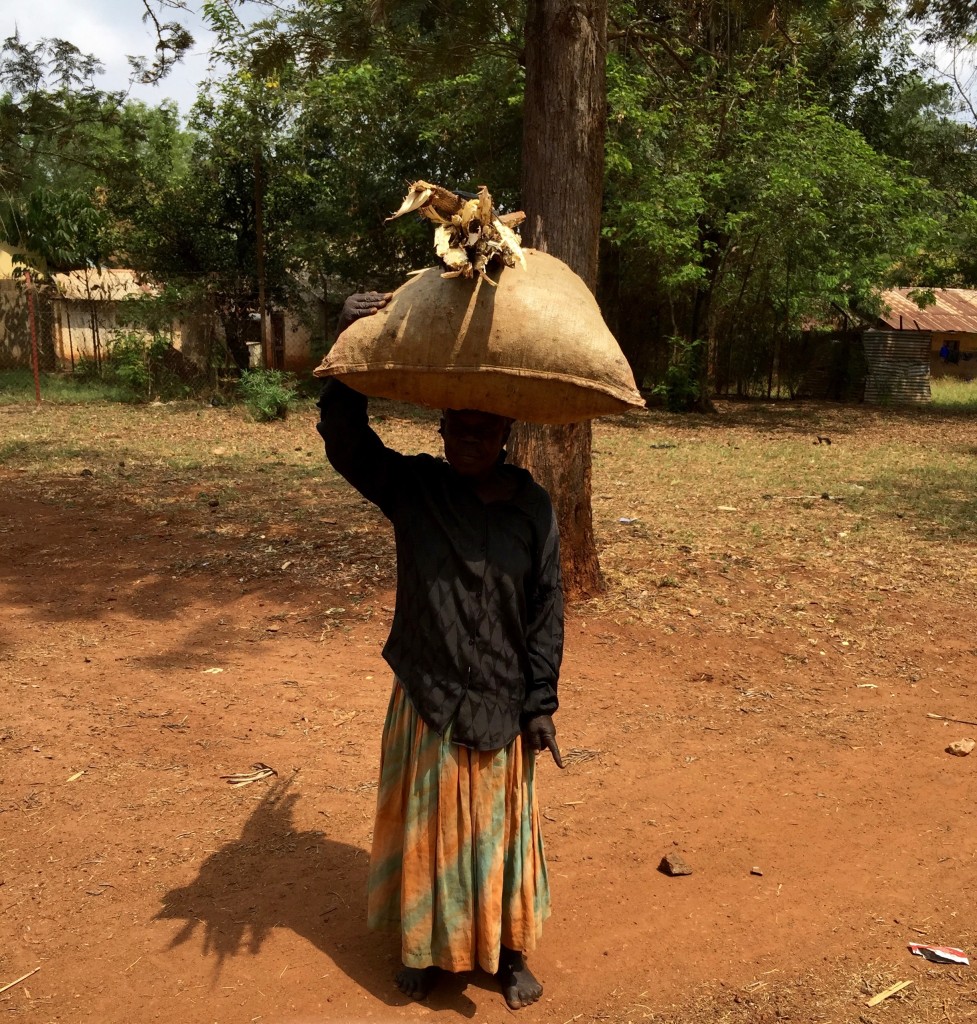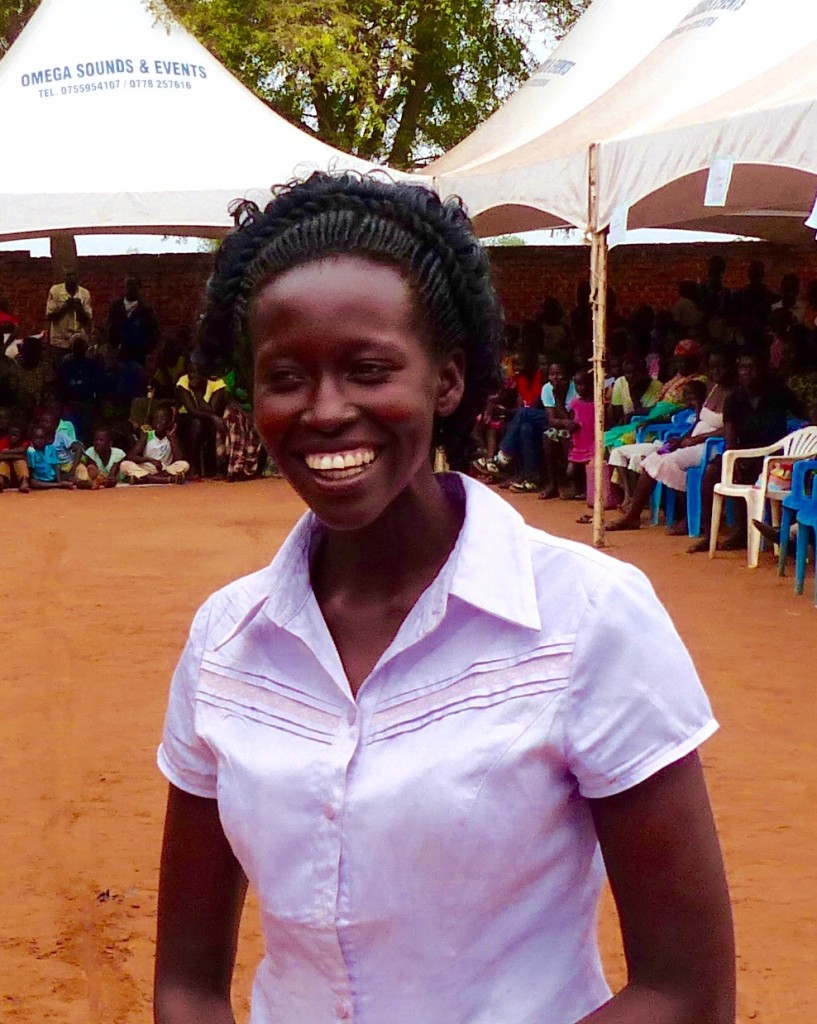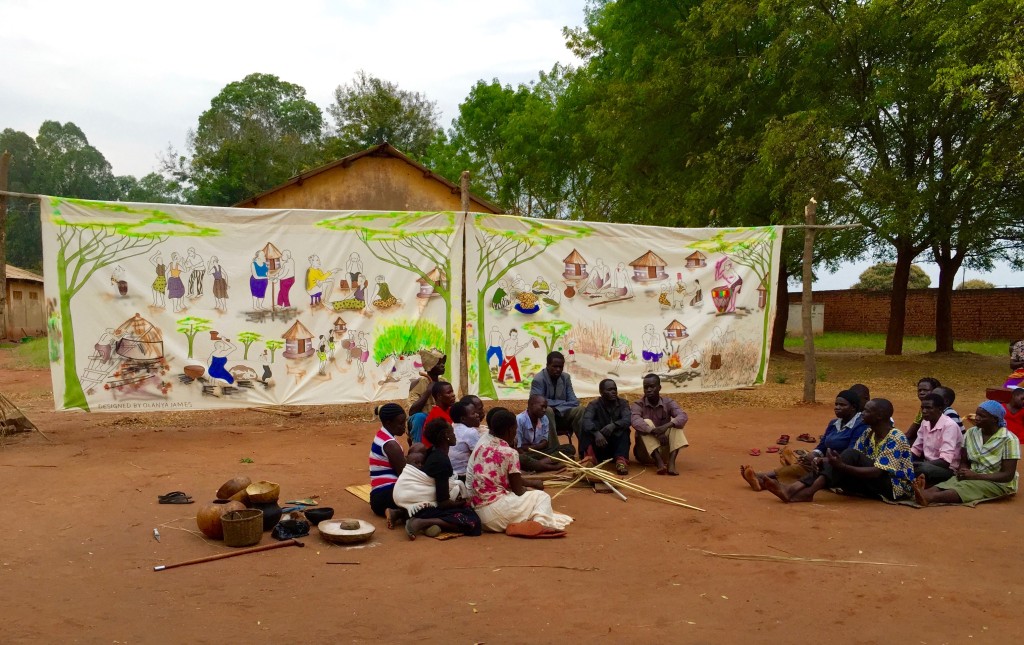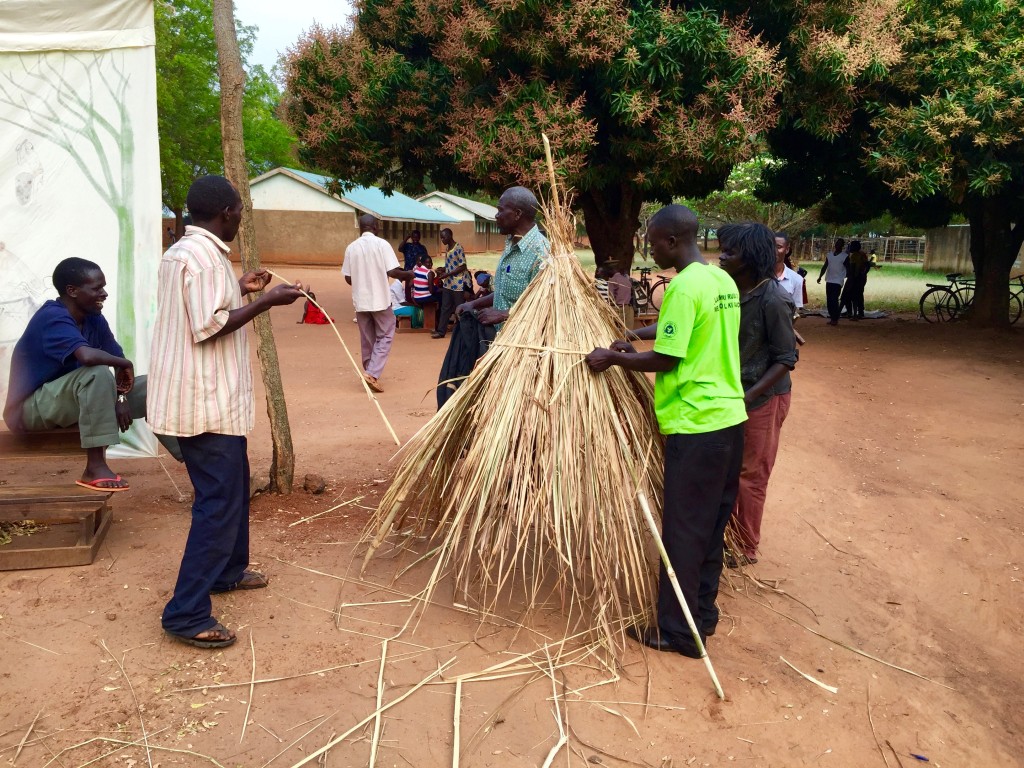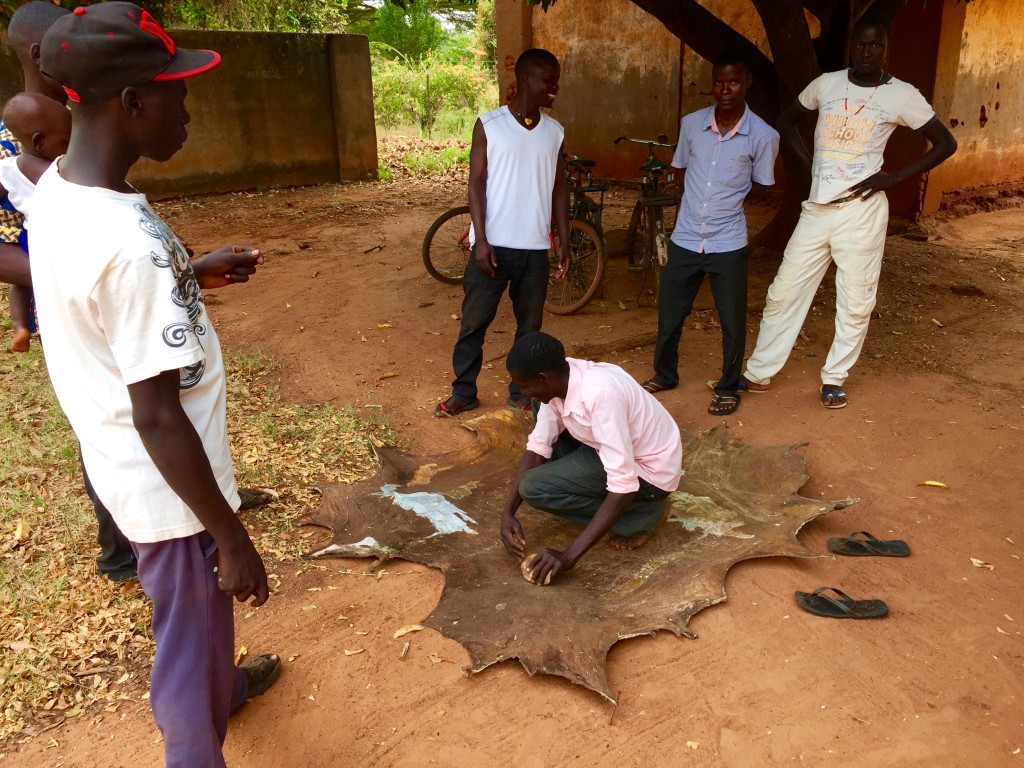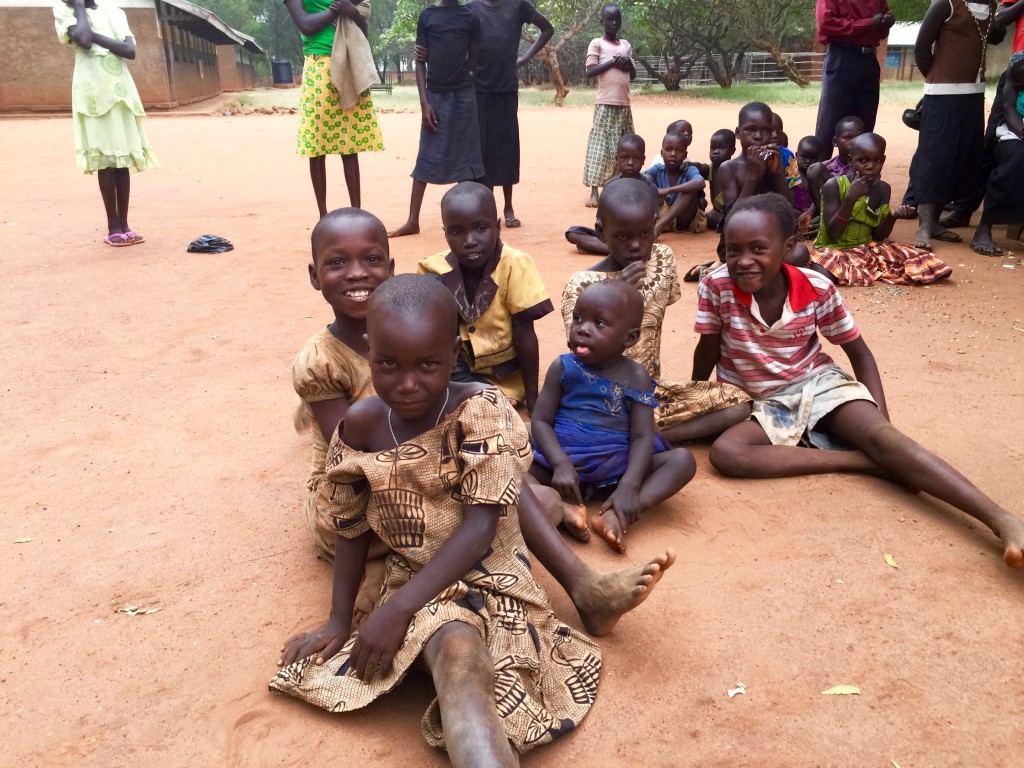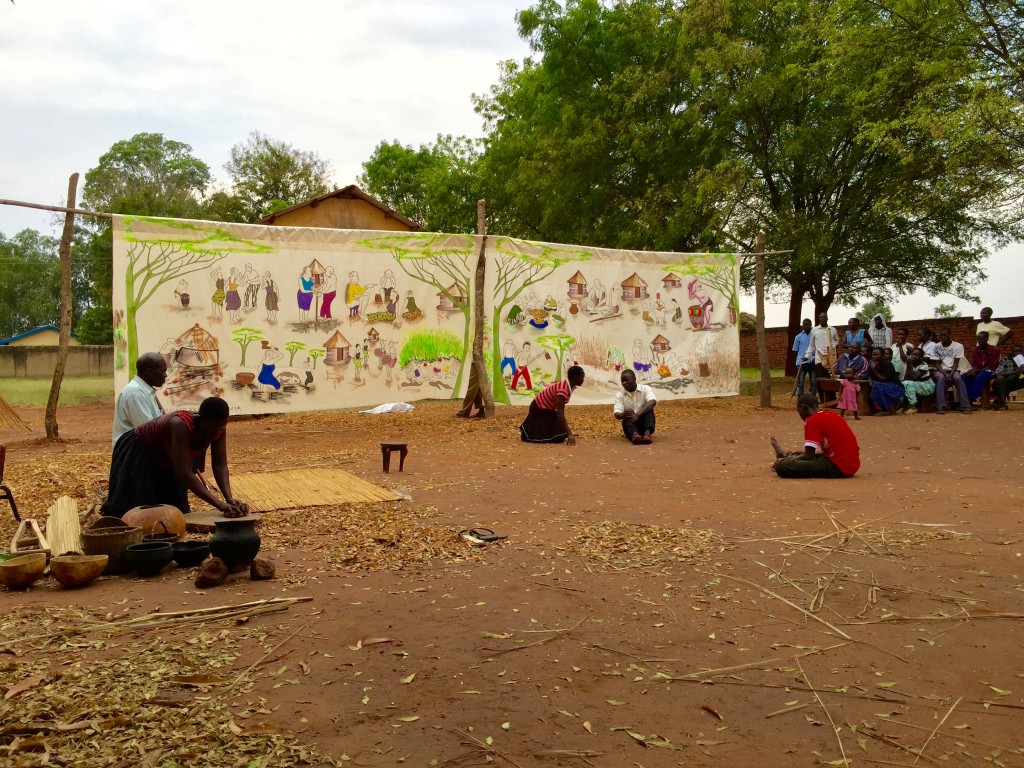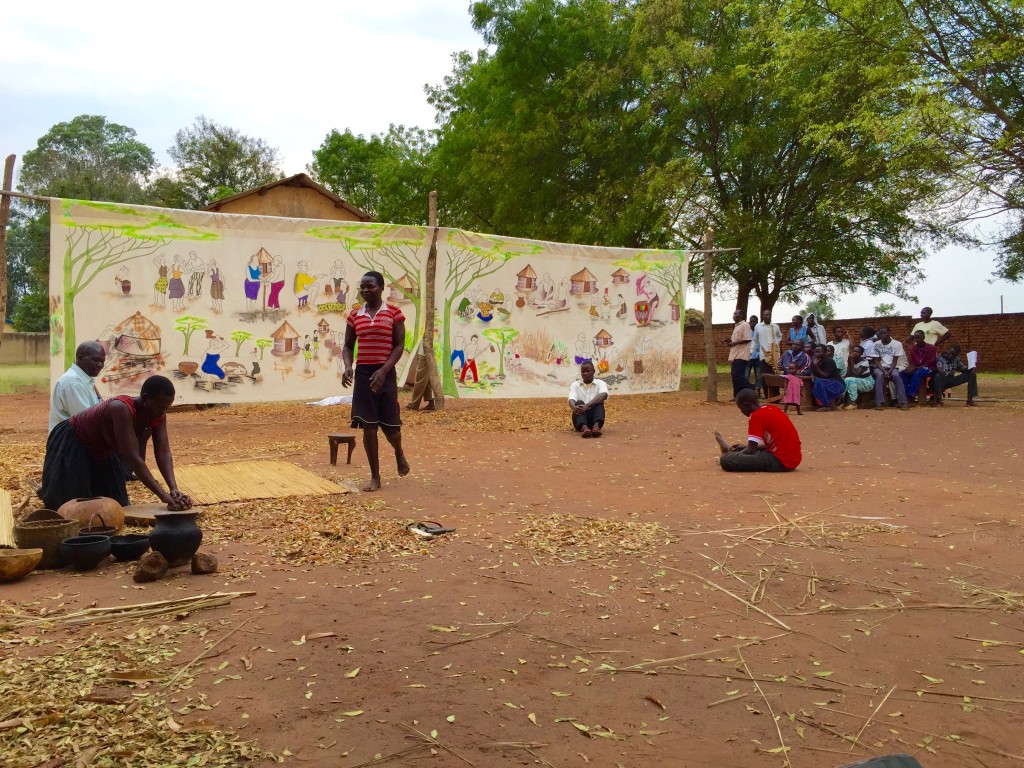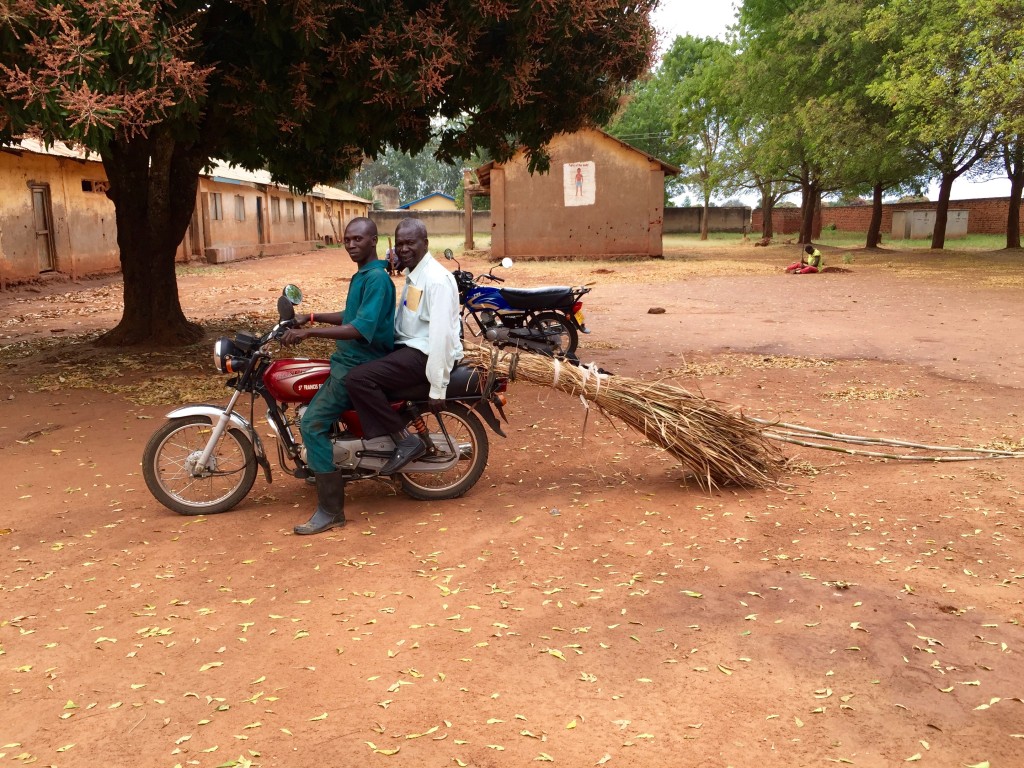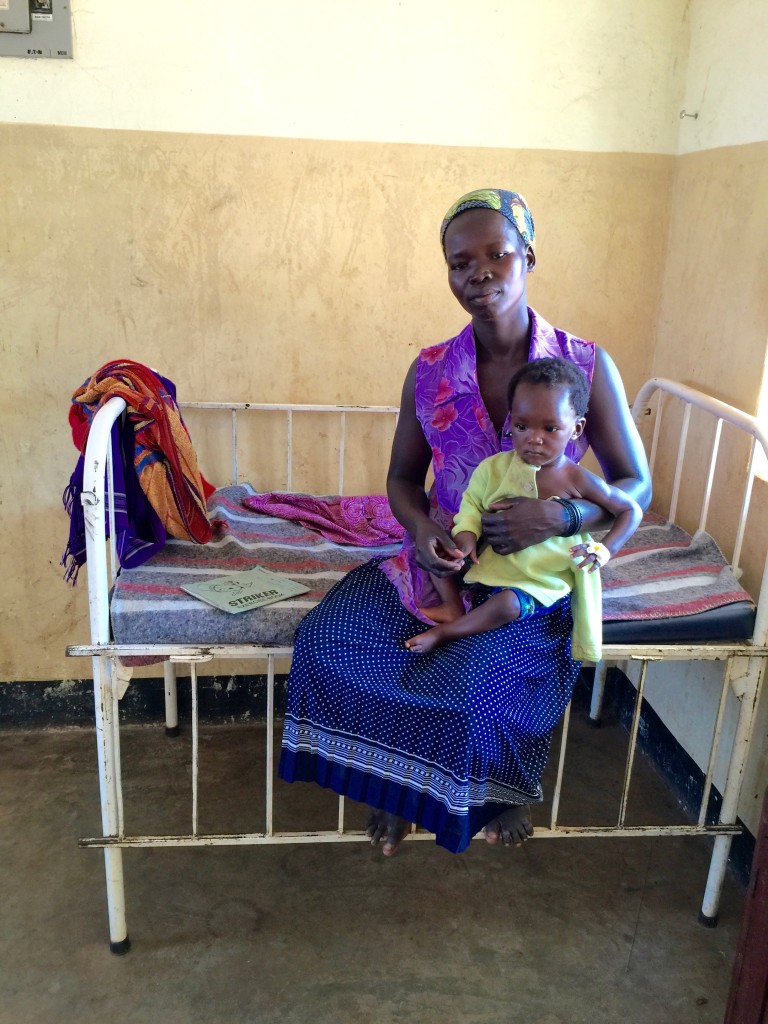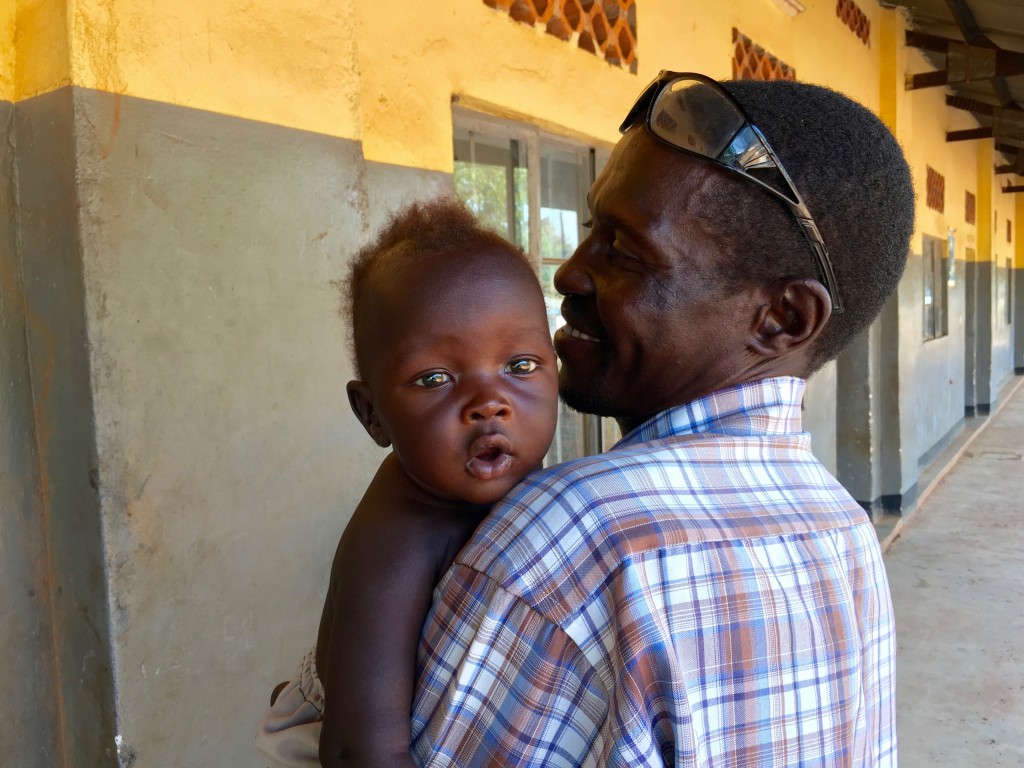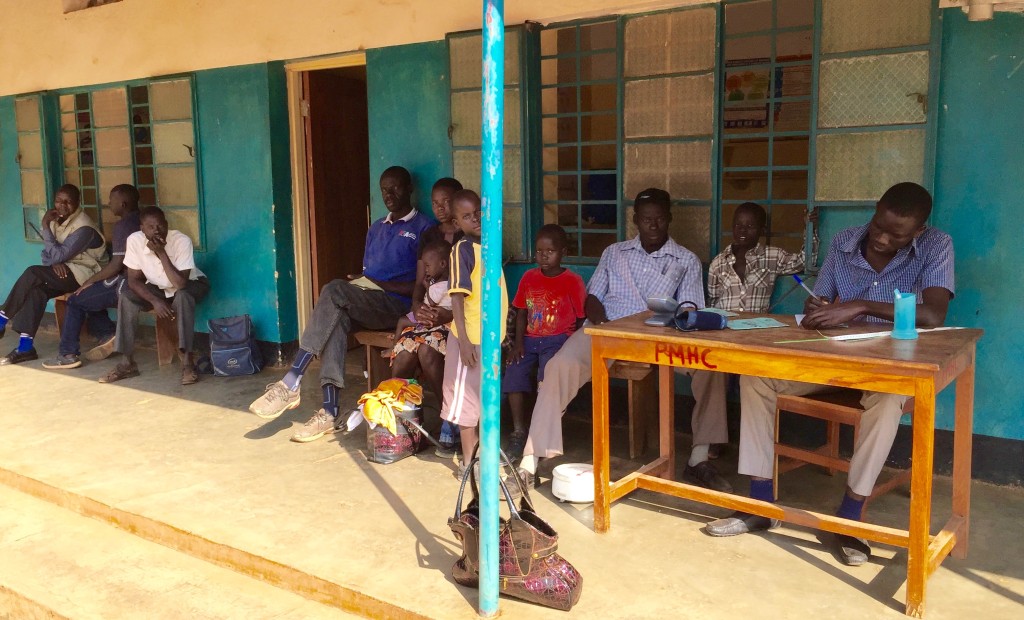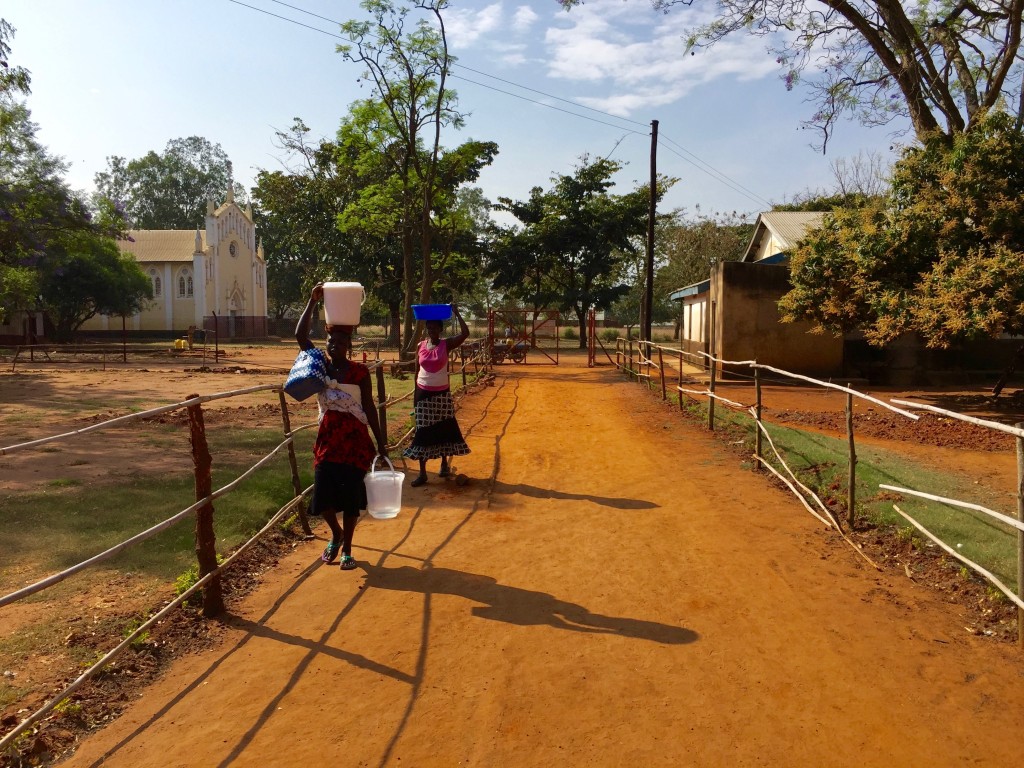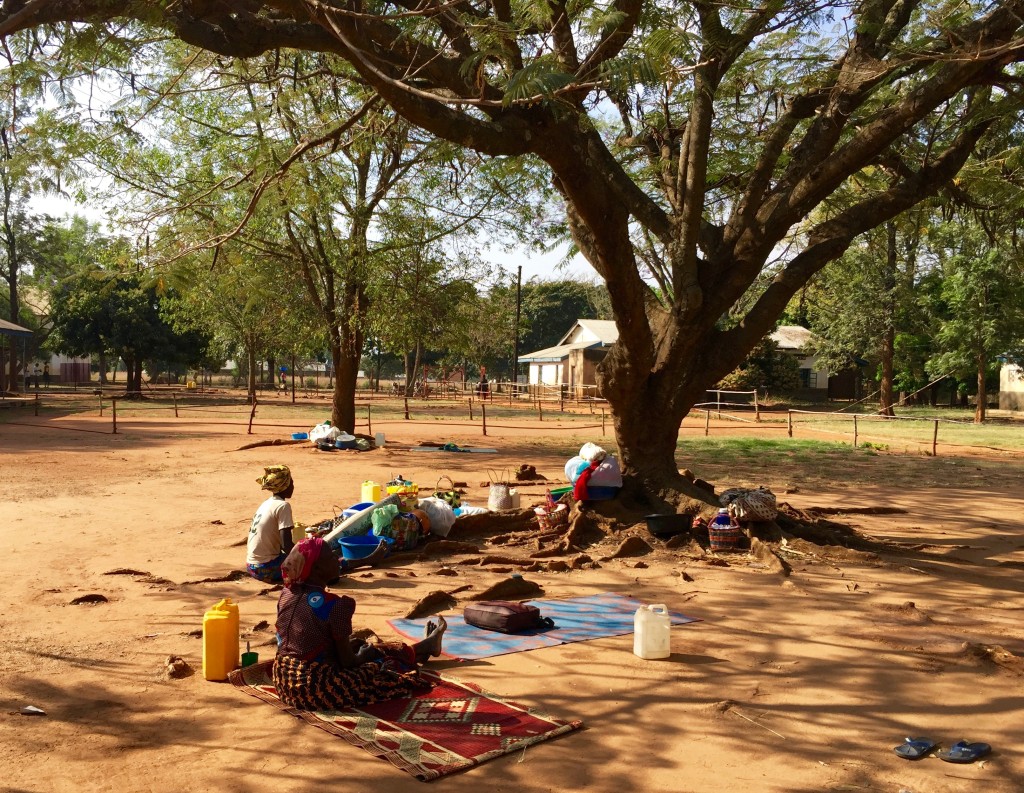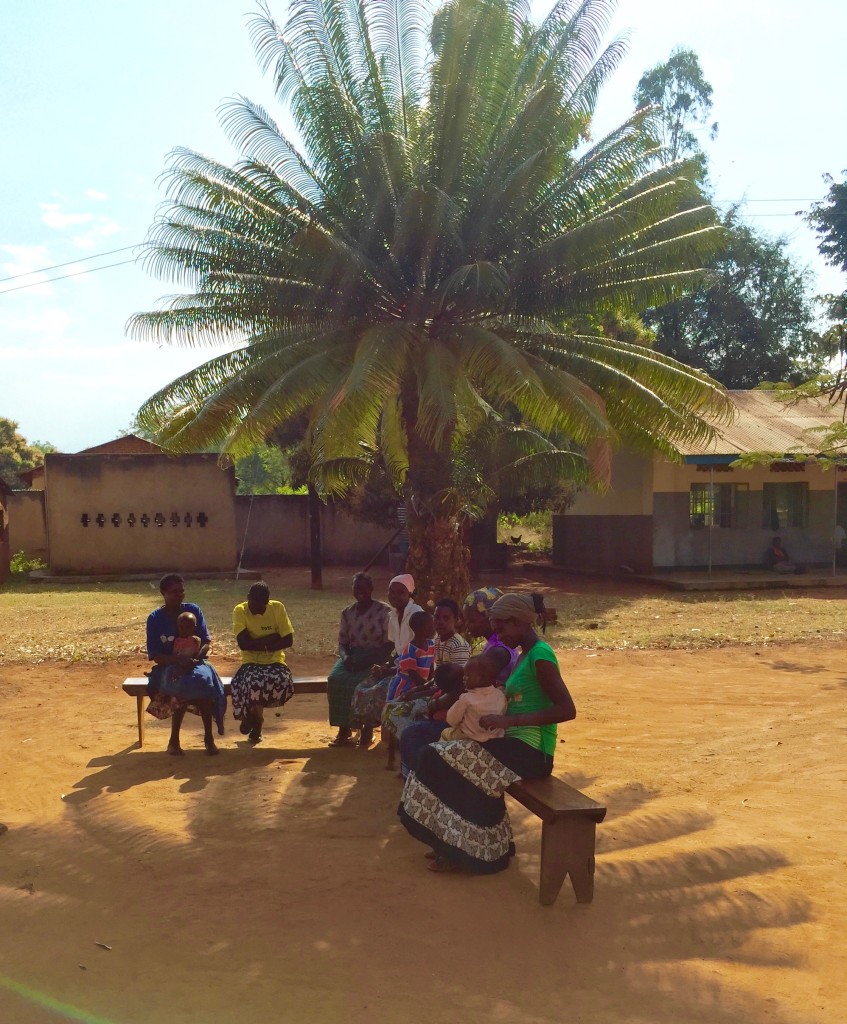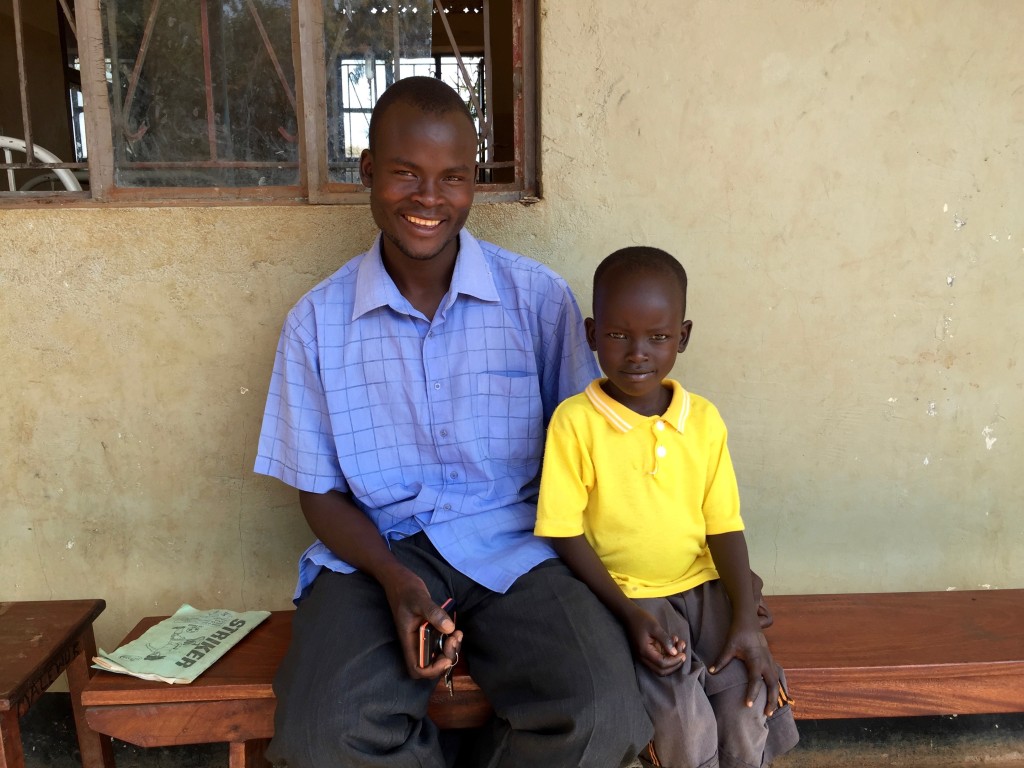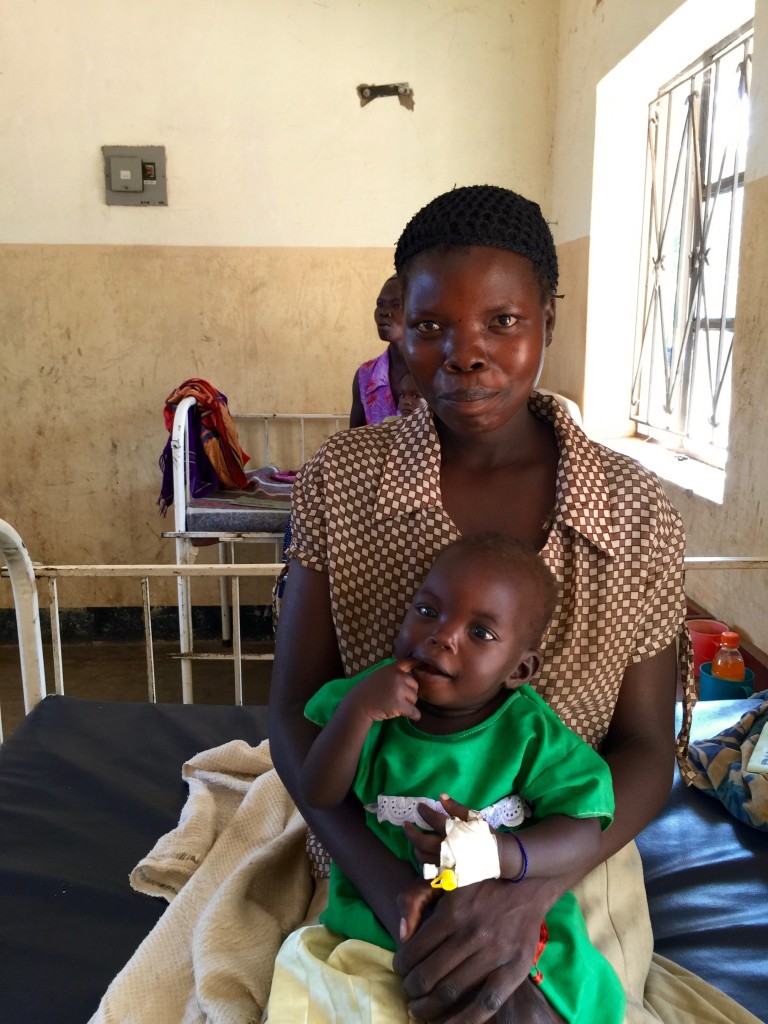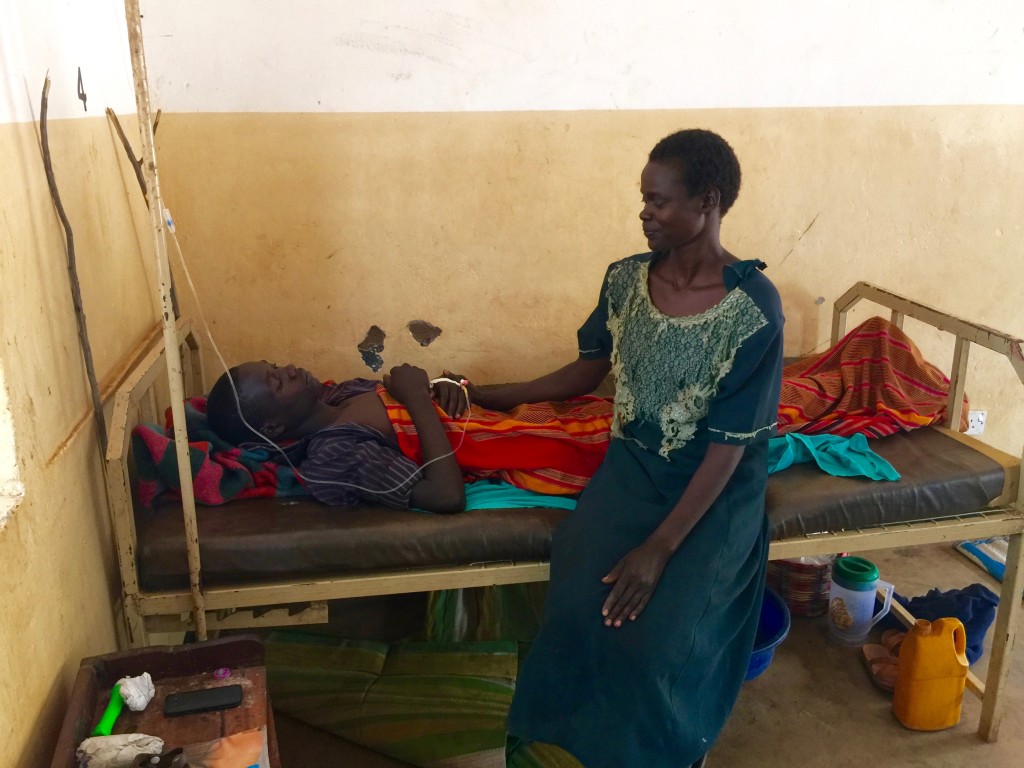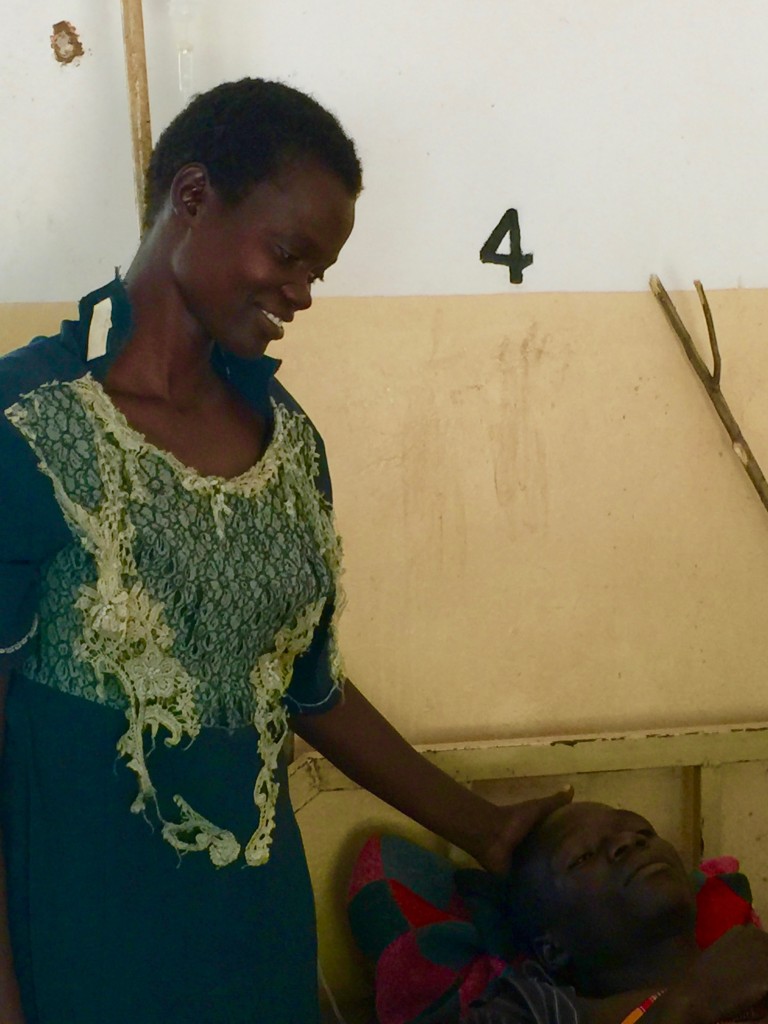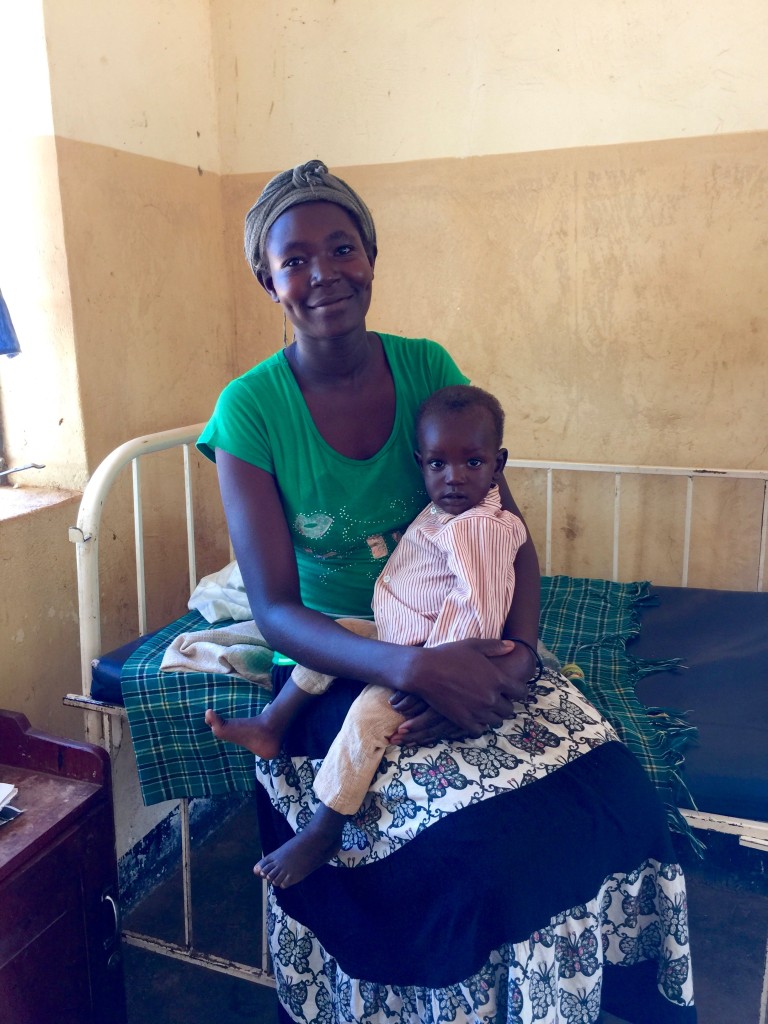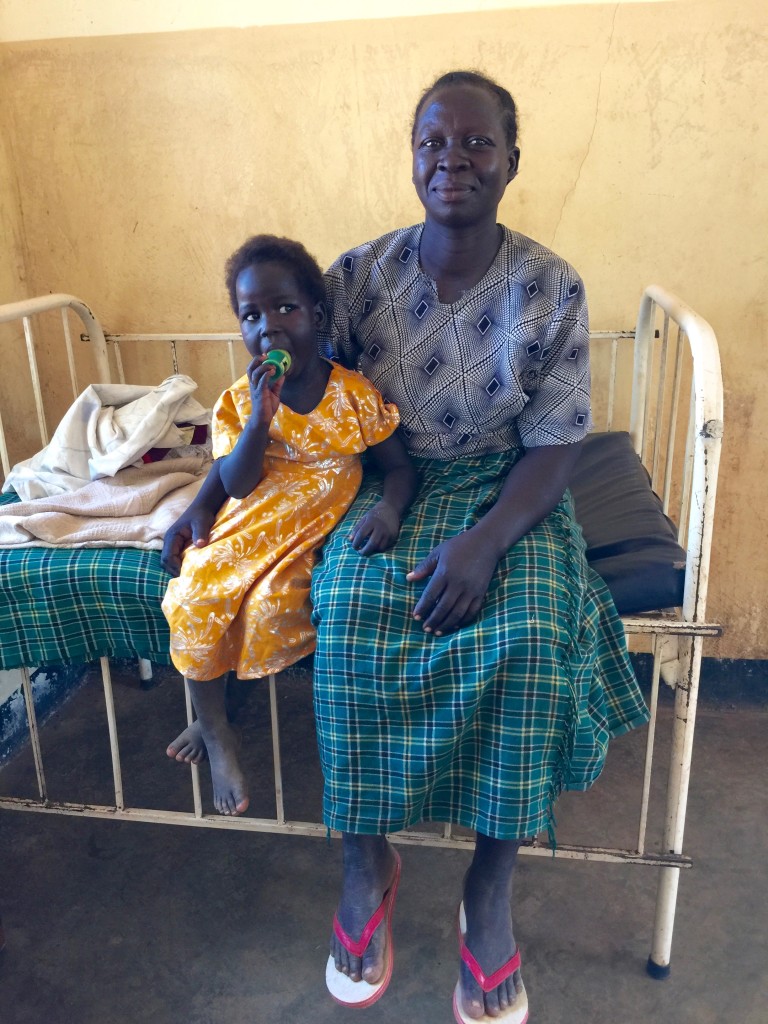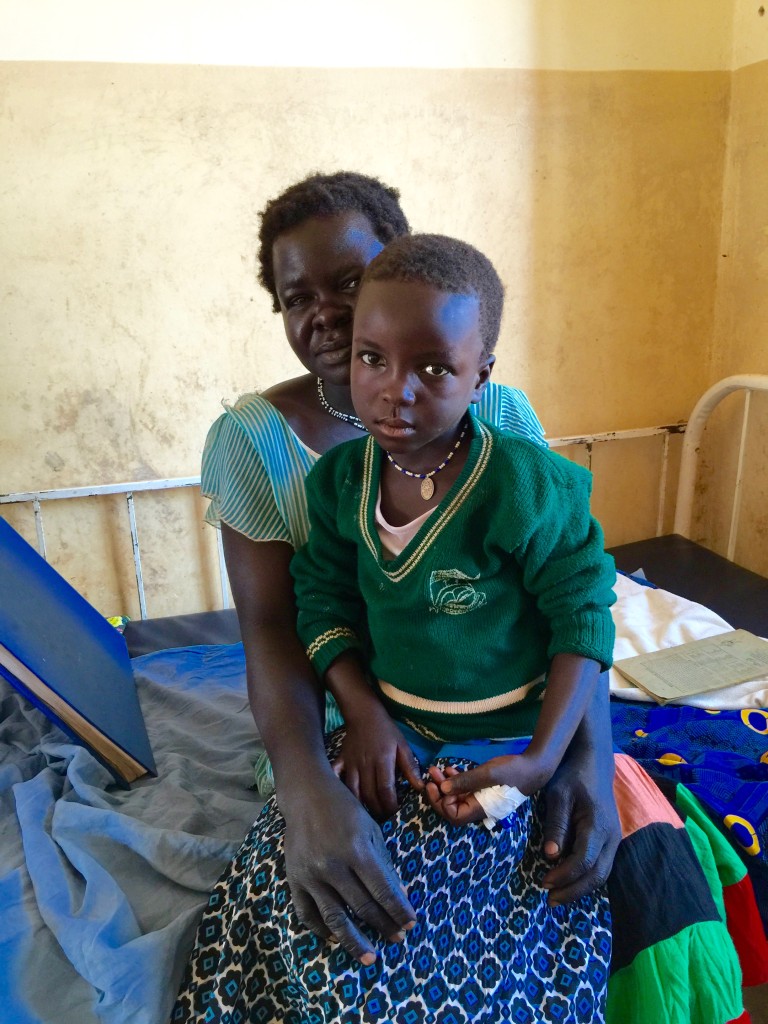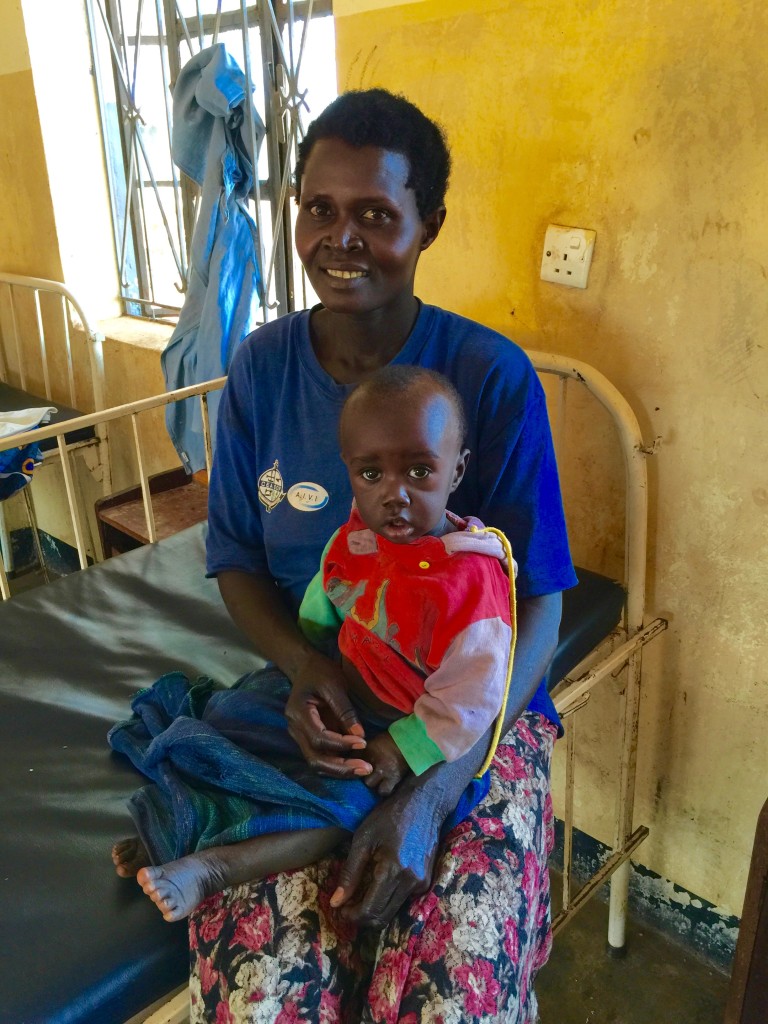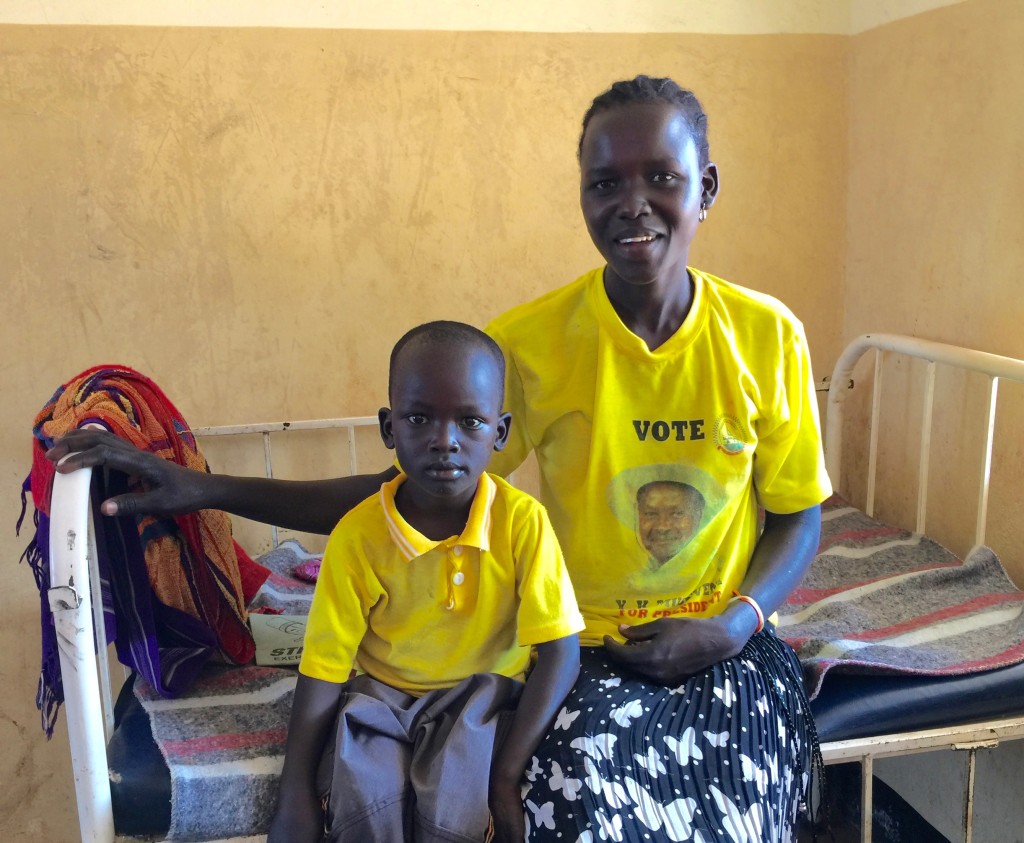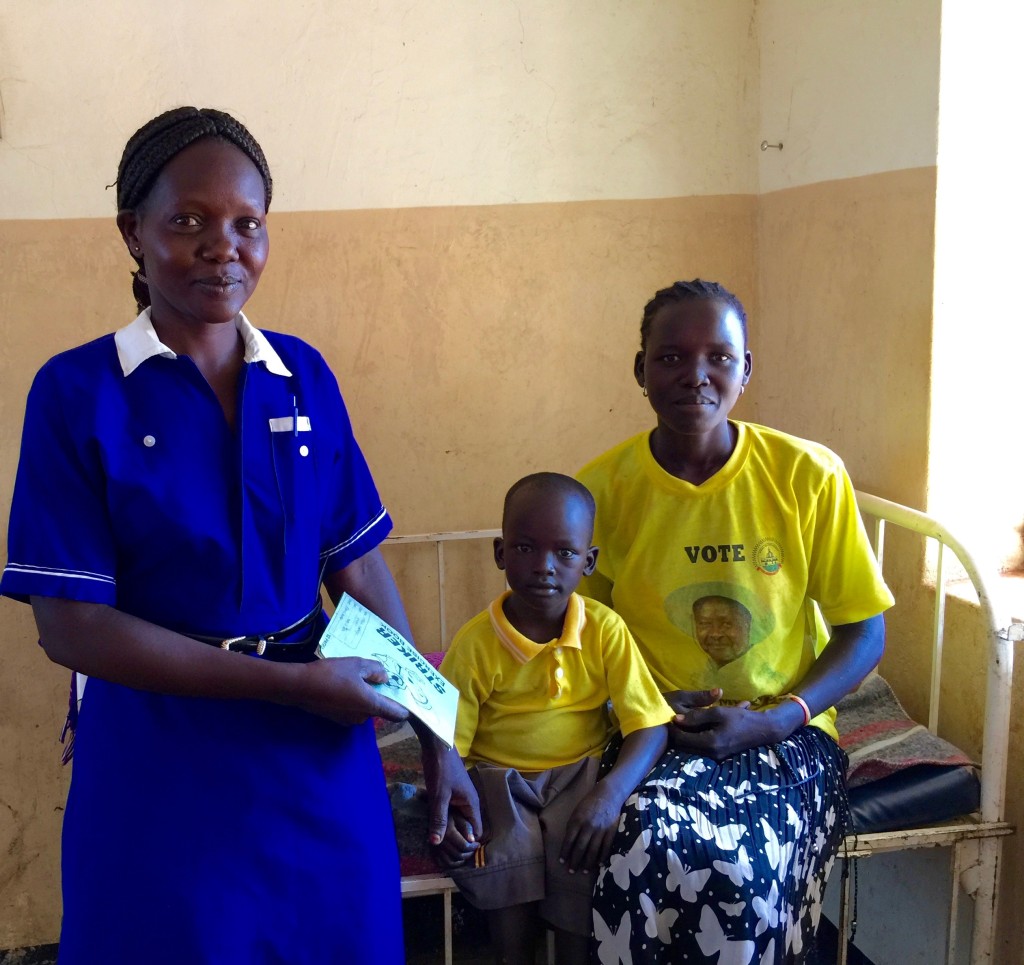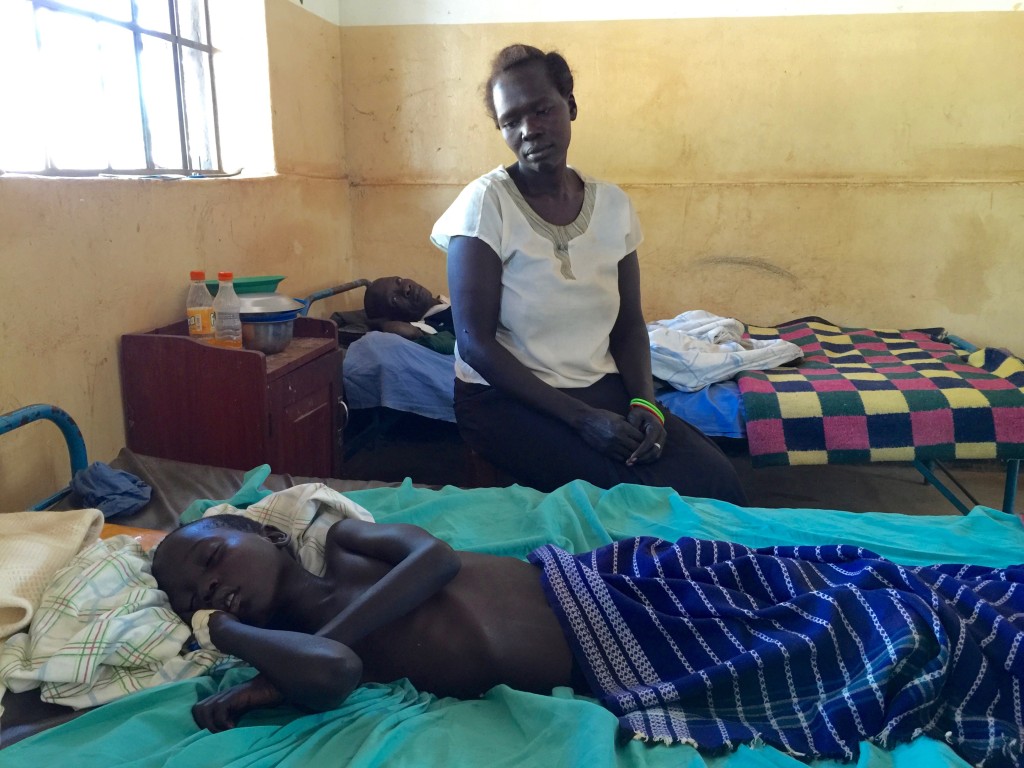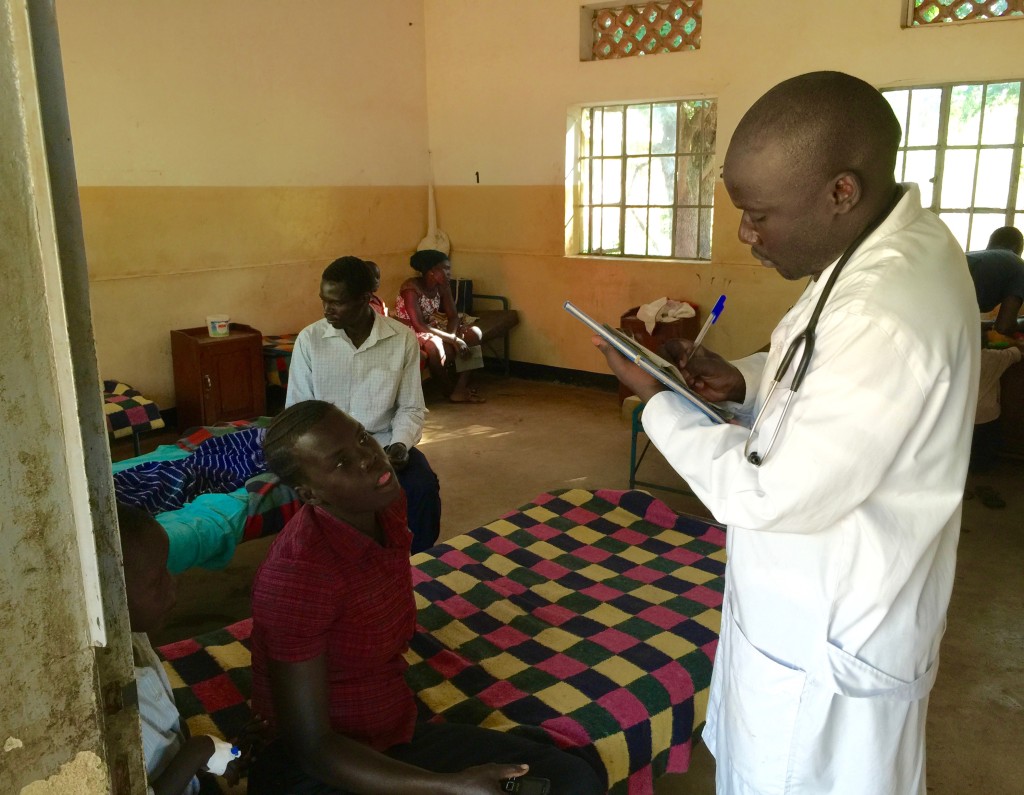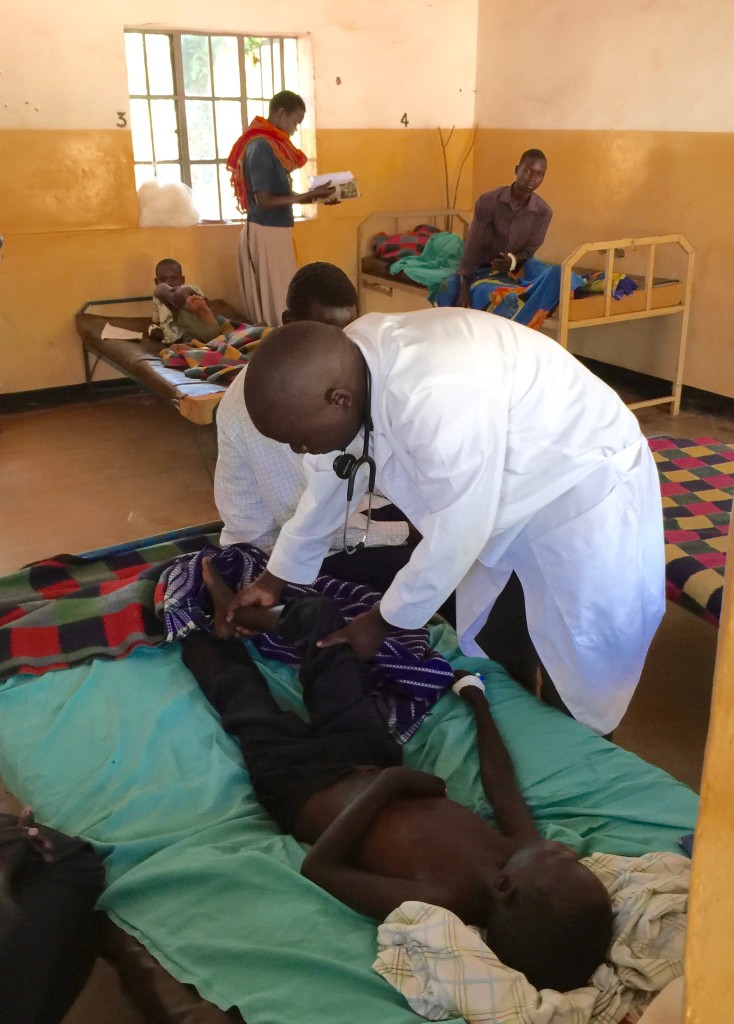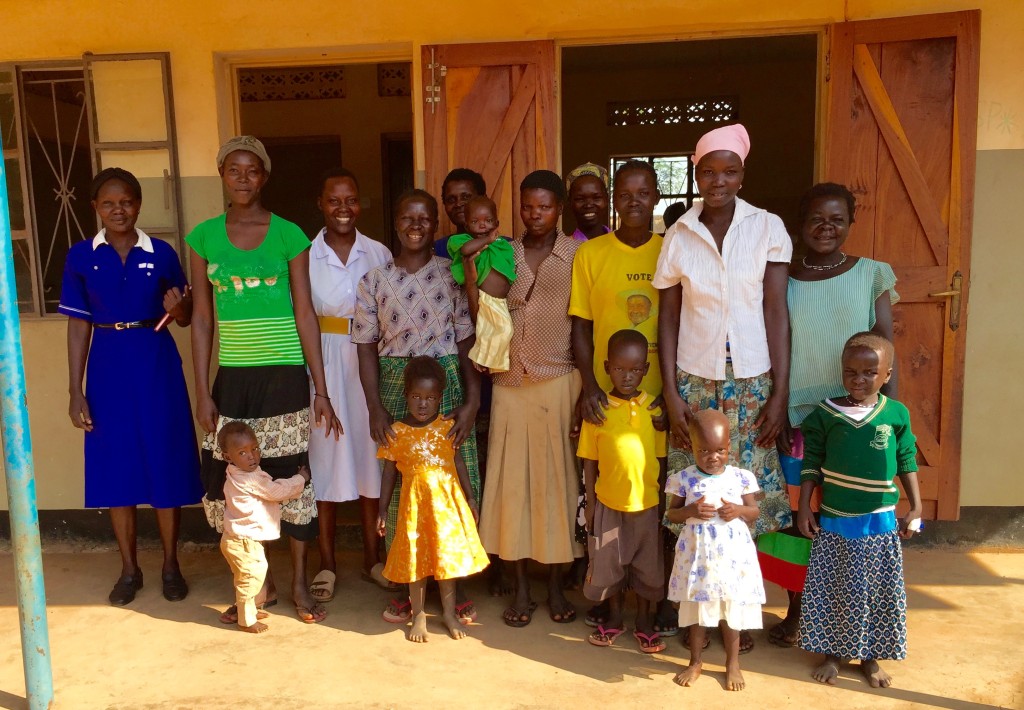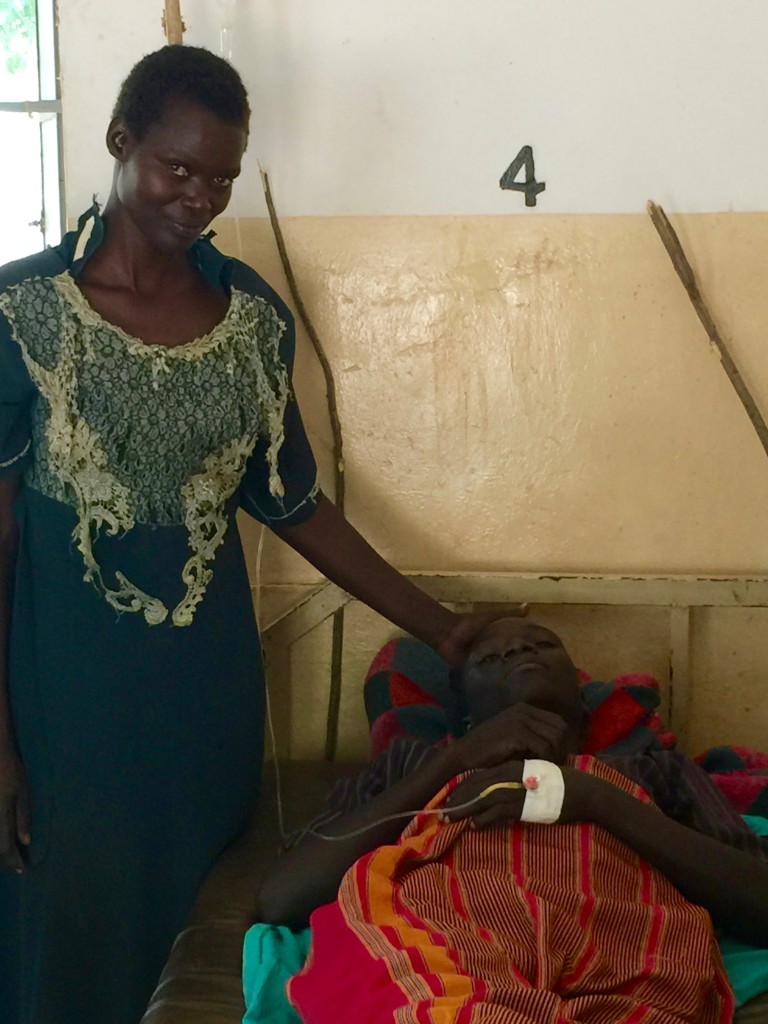This a girls dance class. The youngest is nine and the oldest fourteen years old. They are dancing the traditional Dingi Dingi dance. This dance was performed by girls to attract boys. The movement is based on bird movements.
Every society develops and lives by a set of behaviors and beliefs developed over the centuries. These “mores†are the customs, values, traditions, habits, patterns, ethics, morals, and principles by which the society manages everything from daily family and clan life, to settling conflicts, to how courtship and marriage happen, to funerals, and all aspects of their life.
This is what defines their Culture, their identity as a people.
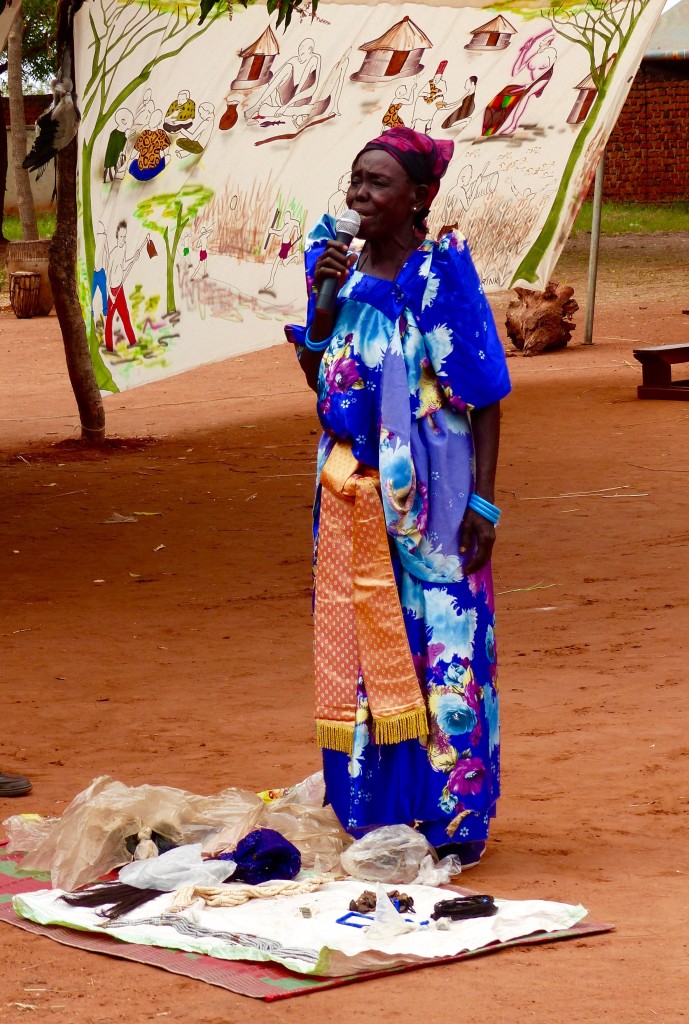
A woman elder exhibits and talks about Acoli artifacts she kept hidden from the rebels during the 24 year war.
The Acoli people suffered a 24 year armed insurgency perpetrated by warlord, Joseph Kony. Thousands of people were massacred, 35,000 children abducted and turned into child soldiers, hundreds and hundreds of women and girls were abducted and raped over and over as sex slaves. A whole generation of young people grew up in severely overcrowded refugee camps rampant with infectious diseases, and during this time so much of their Culture was lost, forgotten, or never passed on to the next generation.
The mission of the Acoli Cultural Revival Organization (ACRO) is to repair the current condition of the Culture through community mobilization of elders, community leaders and young people to revive traditions, rituals, and the values passed on by traditional dance, music and storytelling.
This work has been going on for the past three years with a very concentrated effort over the past 14 months culminating in a two day Cultural Revival Gala/Exhibition in Padibe, Lamwo District.
The only other organized cultural revival in Northern Uganda has taken place in Gulu, a three hour drive away and a town most people in Lamwo District will never visit because of the distance and lack of transportation other than walking. What is happening in Padibe is very unique and special and we hope it will spread to other areas as well. With 32 GB of photos and video, only a small portion will be included here.
https://www.youtube.com/watch?v=4barqTdDGC4
Each day began with the entrance of the Paramount Chief of the Acoli people as he is escorted by men in traditional costume of animal skins and a headband made of ostrich feathers. Although plentiful at one time, ostriches no longer exist in this area of Uganda due to the war during which all animals were killed. The feathers you see were shipped to them from the US.
https://www.youtube.com/watch?v=o0oox17LMAI
The War Dance performed by the group from Paloga is a favorite of the crowd. This group has been well know throughout the district for its talented performance of the war dance. This is the first time they actually had the traditional costume to wear during the dance.
https://www.youtube.com/watch?v=tk32Efb9gP0
The Dingi Dingi dance by the group from Pangiera was phenomenal!
https://www.youtube.com/watch?v=n2j-GgM28o0
One of the local chiefs that attended the festival demonstrates for the crowd the proper way to hold an elephant spear and shield.
The Larakaraka is a traditional courtship dance. A man will take a calabash gourd and place it on the head of the lady and she does a special dance just for him. If it all works out they will run off together and shortly thereafter the dowry negotiations will begin for the traditional marriage.
After the first day, Shawn and I were sitting outside enjoying a sip from the source of the Nile, and could hear music, drumming, and singing from the groups that had been trucked in for the event and housed in the area. They were celebrating the day’s success and getting ready for day two. We decided to take a walk in the dark and join in the revelry with them.
https://www.youtube.com/watch?v=zCSWQeTZKx4
It was a fabulous day. What will tomorrow bring?!
